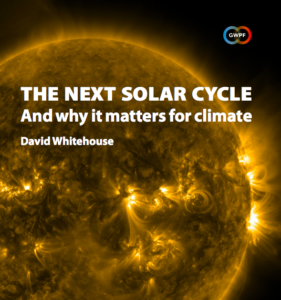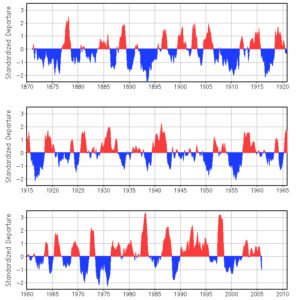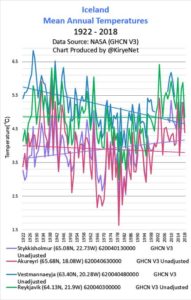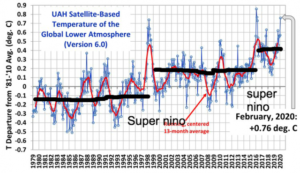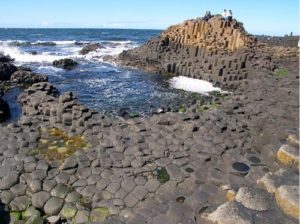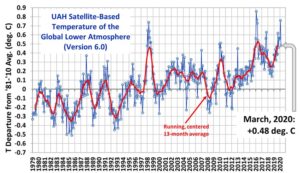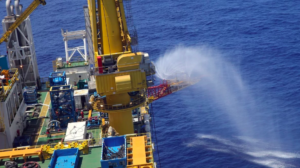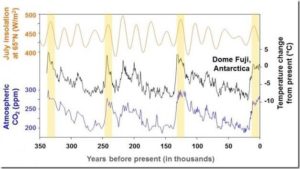by Cap Allon, April 5, 2020 in Electroverse
According to abcnews.go.com and the NWS, seven states from Minnesota to Kansas were under ice and snow alerts on Friday, while forecasts for the West see 4-feet of snow falling over the Sierra through Sunday alone.
Thursday, April 2 saw record Spring snowfall bury the Upper Midwest.
In Grand Forks, North Dakota, a whopping 10 inches (25.4 cm) of global warming goodness was measured; while Fargo, North Dakota, saw snow totals touch 5 inches (12.7 cm).
Wyoming was handed the largest accumulations — a recording busting 21 inches (53.3cm).
This cold front continued its slow southerly march overnight Thursday, and reached southeastern Texas by Friday afternoon — the biggest impacts here were severe thunderstorms, damaging winds, golf-ball size hail, and the odd tornado. Heavy rain also reportedly produced some flash flooding.
A new storm rolled into the West Coast on Saturday bringing heavy rain to the California coast. Looking forward to Sunday, staggering April snow totals of up to 4 FEET are forecast to bury the Sierra Nevada Mountains:
…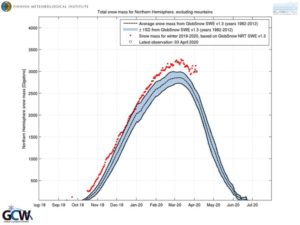
The significance of these snow totals cannot be overemphasized.
This is how glaciers form.
This is also how ice ages begin.
The COLD TIMES are returning in line with historically low solar activity, cloud-nucleating Cosmic Rays, and a meridional jet stream flow.
Even NASA agrees, in part at least, with their forecast for this upcoming solar cycle (25) revealing it will be “the weakest of the past 200 years,” with the agency correlating previous solar shutdowns to prolonged periods of global cooling here.
…



